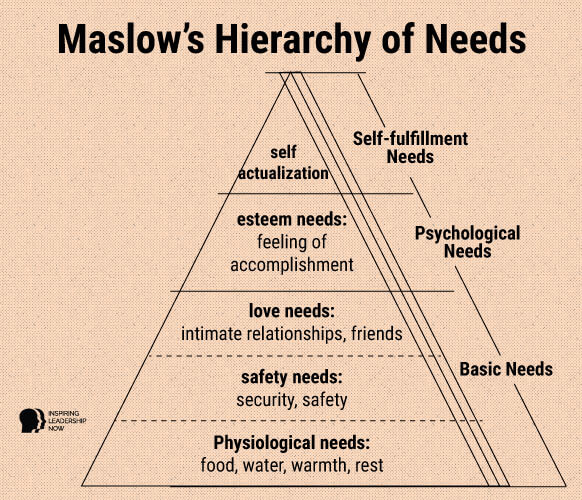
/2795385-what-is-intrinsic-motivation-5afb187443a1030037f0b2a0.png)
Throughout the semester, Kaneb graduate associates contribute 6-10 hours per week, depending upon availability, and receive a stipend commensurate with hours worked ($3600-$6000 per academic year).Īpplicants should be at least in their 4th year of graduate study while holding this position. Kristi Rudenga, assistant director of the Kaneb Center, during which they contribute content and ideas for Kaneb Center program planning. In addition, they attend weekly meetings with Dr. Graduate associates will receive training (required) to prepare them to serve as workshop leaders and mentors. Kaneb graduate associates facilitate workshops on effective teaching, develop teaching resources, and contribute to other activities to help graduate students develop as teachers. The Kaneb Center for Teaching and Learning seeks graduate students with Notre Dame teaching experience to serve as Kaneb Center Graduate Associates for the spring of 2015 and the 2015-2016 academic year. In addition, please consider applying for the Kaneb Center’s Graduate Associate position (information below).Ĭall for Applications: 2015 Kaneb Center Graduate Associates Extrinsically motivated? If you attend 5 workshops and write a 2-page reflective essay, you can earn a teaching certificate. Intrinsically motivated? Come to our workshops to learn about teaching for the sake of learning. Tools for Teaching (Barbara Gross Davis, 2009)īe sure to check out the Kaneb Center’s upcoming workshops (and keep an eye out for the Spring schedule).Encouraging Students’ Intrinsic Motivation (Kathleen McKinney, Illinois State University).Motivating Students (Karin Kirk, SERC, Carlton College).Motivating Students (Vanderbilt University Center for Teaching).If students believe achievement is within their grasp, they will work toward that goal. She notes that standards should be set high enough to challenge students and motivate them to do their best without being so high that students feel they are unattainable. Davis (2009) noted that instructors’ expectations can have a powerful effect on students’ performance. Have high, but realistic expectations for students.

By providing clear learning goals at the beginning of class or before an activity, students may be more intrinsically motivated to work toward those goals. Research has shown that when teachers give learners a goal, students experience a boost in self-efficacy (Bandura, 1988 Elliot & Dweck, 1988 Schunk, 1991). Direct students’ attention to the process of completing the project and the effort involved, rather than on the end product.

With that, avoid using statements that suggest that innate ability is all that is required to complete a project. Focus on their effort, not their innate ability. By using statements of encouragement like, “your answers showed thought” as opposed to “you are a good thinker,” students are more likely to remain intrinsically motivated (Ginott, 1972).


 0 kommentar(er)
0 kommentar(er)
